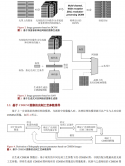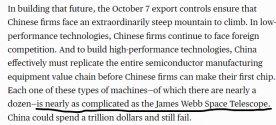The total investment is nearly 7 billion yuan, and 15 projects including semiconductor packaging projects have been signed in Ganzhou, Jiangxi
According to news from Jiwei.com, on July 31, Jiangxi Ganzhou Economic and Technological Development Zone held the centralized signing activity for the seventh batch of investment promotion projects in 2023.
According to Outan Financial Media, a total of 15 projects have been signed, with a total contract value of 6.98 billion yuan, including semiconductor packaging projects, MiNi LED display manufacturing projects, electronic terminal equipment manufacturing projects, and electronic touch screen manufacturing projects.
Among them, the semiconductor packaging project has a total investment of 150 million US dollars, mainly producing memory test packaging, chip design and related semi-finished storage cards, U disks, SSD solid state drives; MiNi LED display manufacturing project with a total investment of 600 million yuan, mainly engaged in COB LED display screen, SMD LED display R & D, production, sales and service.
The total investment of the electronic terminal equipment manufacturing project is 600 million yuan, mainly for the production of mobile phones, tablet computers, notebooks, etc.; the total investment of the electronic touch screen manufacturing project is 600 million yuan, mainly engaged in the research and development, production and sales of electronic touch screens.



